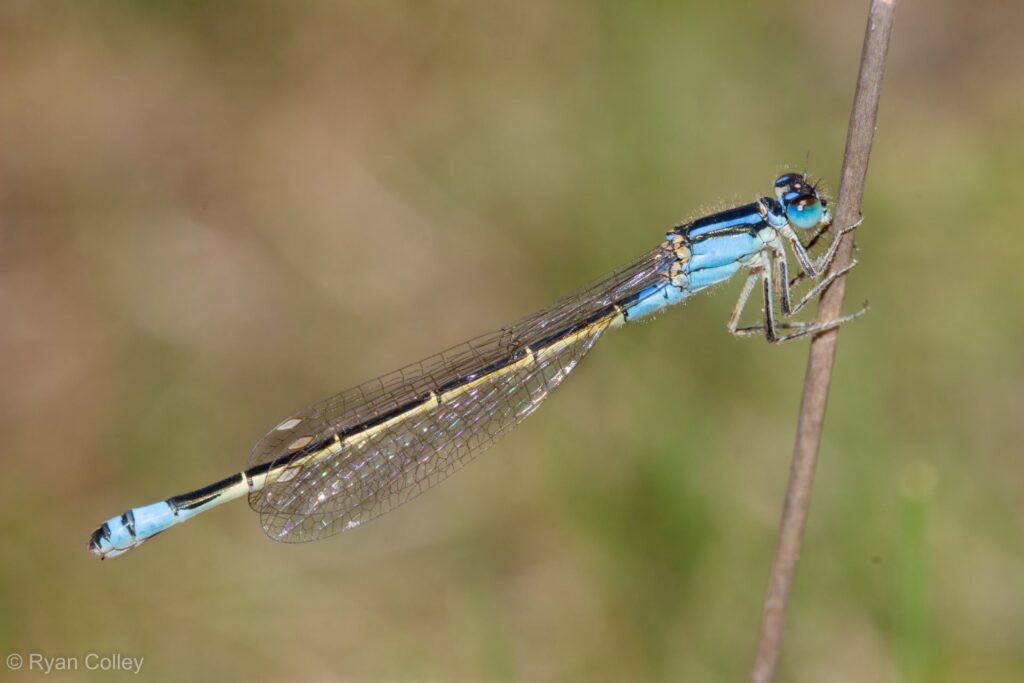What is biodiversity and why is it important?
BiodiversityThe variety of all life and living processes in the environm More is the term we use to describe the variety of all life and living processes in the environment. It includes all the different plant and animal species in an ecosystemA collection of interacting living and non-living things. A More (a collection of interacting living and non-living things), right down to the different genes in individual species. BiodiversityThe variety of all life and living processes in the environm More also describes the processes that support an ecosystemA collection of interacting living and non-living things. A More, such as seed dispersal, pollination, and the way that nutrients move through the environment.
BiodiversityThe variety of all life and living processes in the environm More is important because it increases environmental health and productivity. Healthy biodiversityThe variety of all life and living processes in the environm More also allows ecosystemsA collection of interacting living and non-living things. A More to cope better with pressures like climate change and bushfiresA fire that burns in grass, bush or woodland and can threate More. The greater a species’ genetic diversity – how many different genes it has – the better the species can adapt and evolve to environmental change.

Plants and animals becoming threatened or extinct reduces biodiversityThe variety of all life and living processes in the environm More levels. If species don’t have enough room to move, migrate and breed, then they can become inbred. Inbreeding causes a loss of diversity in a species’ genes. Inbred species don’t survive as well as genetically diverse species, and will often die out. The loss or reduction of one species can then affect others, which can cause entire ecosystemsA collection of interacting living and non-living things. A More to collapse.
Threats to biodiversityThe variety of all life and living processes in the environm More come in many shapes and sizes. They can be as small as a disease or a chemical spray, or as large as clearing landscapes for urbanisation and agriculture. Threats can be immediate, like a fire (see Fire and its impacts section), or they can happen more slowly, like climate change (see Climate is changing section).

It is important when considering how to conserve biodiversityThe variety of all life and living processes in the environm More that we don’t just look at the more immediate visible threats, but also those that are slowly affecting our environment. Climate change causes threats including changed habitat, more frequent and intense extreme weather, increased temperatures, fires and drought conditions.
Threats to biodiversityThe variety of all life and living processes in the environm More affect species across the globe – that is, eight million plant and animal species, including 5.5 million insect species. Up to a million of these species are threatened with extinction and this could happen within the next 100 years.


